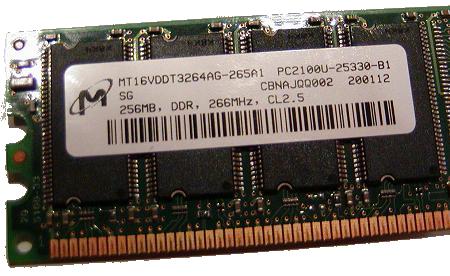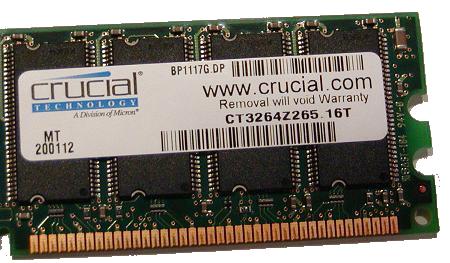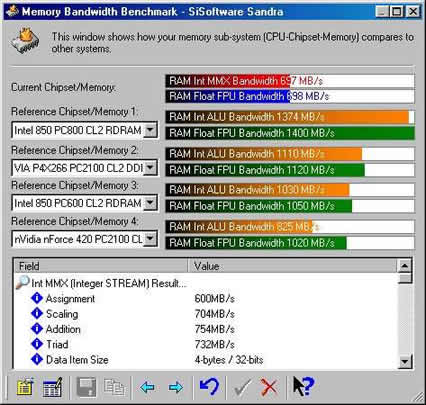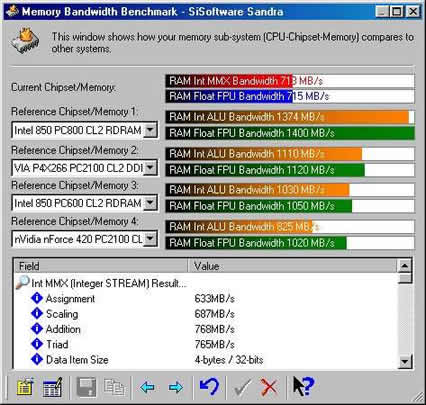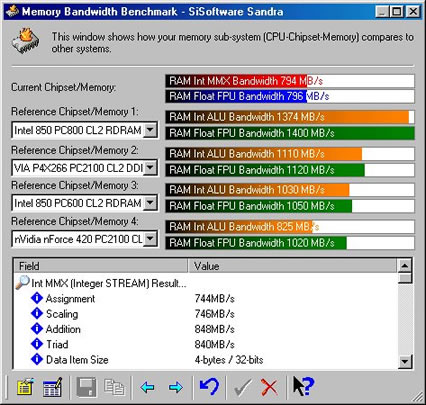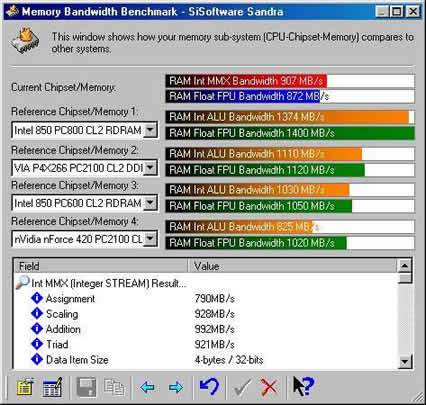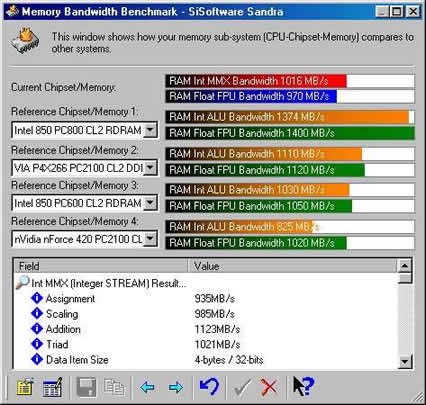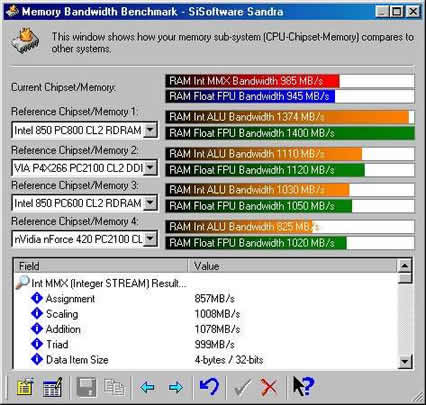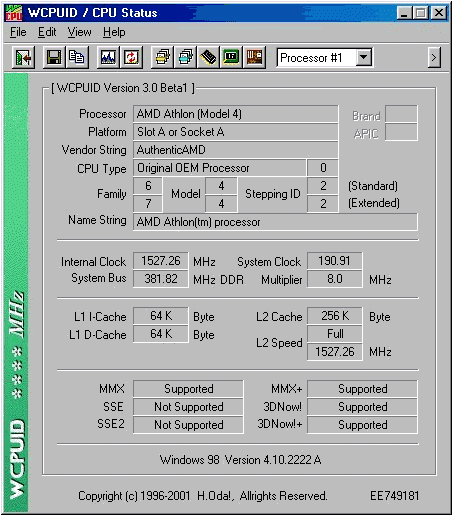Crucial DDR Ram review
|
Crucial PC2100 DDR Ram
Crucial is a name synonymous with high quality RAM. If anyone mentions high performance RAM, the name Crucial usually follows in the next sentence. Crucial have been around for 5 years now, supplying memory upgrades and for just about every computer product under the sun. A quick look on the Crucial website reveals they stock a staggering 73,000 different memory modules for 13,000 different PC's. Crucial only manufacture and sell memory and they happen to be very good at it. I've had Crucial RAM in my PC for the last 18 months or so, ever since I got into the black art of overclocking. Good quality ram can make an amazing difference to the overclocking ability and performance of the system by allowing higher bus speeds and faster, more aggressive memory timings. Probably the best selling Crucial Product at the moment is DDR (Double Data Rate) RAM. Originally only designed for use with the Athlon CPU and soon to be available for the Pentium 4 based systems, it offers greater bandwidth than SDRAM, low latency compared with RAMBUS memory, and costs virtually the same as SDRAM to produce. Just about every Athlon based system you buy now will be DDR based as SDRAM motherboards are a dying breed. Pictures
DDR RAM isn't exactly exciting to look at there's no sign of anodized aluminium, but looks aren't everything. Beneath the plain exterior there is some rather fast RAM. Test Rig Benchmarks I set the RAM Timings on the BIOS as shown
below.
I started off with the default setting for a DDR Athlon system which is a Front Side Bus speed of 133.33MHz. The CPU was set to run at 12*133MHz = 1600MHz. First off with the BIOS default settings, Normal and Auto for the RAM with the CAS Latency set at 2.5 133MHz Normal CAS 2.5
133MHz Normal Auto Timings Setting the RAM to Auto with the CAS Latency at 2 results in a slight increase in performance.
133MHz Fast Timings Setting the memory to fast timings results in quite a leap in performance from the initial 697/698 up to 794/796 MB/second as shown below.
Just with a few quick tweaks in the BIOS I was able to increase the memory bandwidth by around 100MB/s in terms of real world performance this will result in increased FPS and scores in gaming benchmarks. Overclocking the FSB 166MHz FSB Once you step into the realm of overclocking the FSB things start to get a lot more interesting. I turned the multiplier on the CPU down to 9.5, and cranked the FSB up to 166MHz. By lowering the multiplier the CPU is kept at roughly the same speed just short of 1600Mhz. As usual I ran the tests with normal settings and some more aggressive timings.
As you can see the results at 166MHz show a much higher bandwidth, the figures are up by around 200MB/s, tweaking the system further I tried the BIOS fast setting at 166MHz, but this resulted in the PC crashing on bootup. I settled for the timings of 8862222, which resulted in yet higher scores.
180MHz FSB At 180MHz the RAM appears to be reaching its limits and to get the computer stable I had to set the RAM timings to Auto, My PC isn't exactly happy running at 180MHz anyway so I cant really blame the RAM to much, the results taken at 180MHz are actually slightly lower than the results taken with more aggressive memory timings at 166MHz.
The maximum bus speed I managed with the PC is 191MHz, at this speed the PC was very unstable and wouldn't reboot properly but I did manage to snap a screenshot from WCPUID, showing the rather high FSB speed.
Although the RAM is only rated at CAS 2.5 at 133MHz I was able to run CAS 2 right up to 168MHz, above that it was unstable and caused lockups. Crucial RAM definitely overclocks very nicely, as always results may vary, but I've never seen a stick of Crucial RAM that didn't overclock (O:
Real World Benchmarks Having seen the difference in pure MB/s bandwidth that can be obtained, its useful to see what it actually gains in terms of performance in applications. Being a gamer at heart I decided on two benchmarks that show the sort of gains that can be made. 3DMark 2001
As you can see from the results above, just by adjusting the memory timings and the FSB it greatly improves the score. An increase of nearly 1000 points which equates to around a 12% increase without even tweaking the rest of the system. Quake3
Quake 3 is known to be very bandwidth hungry so its an ideal test of just what good memory can do for system performance. At the basic setting of 133MHz and standard settings I got 191.9FPS by tweaking the FSB and memory timings I was able to get up to 226.3 FPS, an increase of 34.4FPS or around 18% Conclusion With RAM pricing at the lowest its ever been, there really is no excuse not to have at least 256MB in your PC when you consider that 256MB of PC2100 DDR RAM costs only £25.37. Crucial RAM is available direct from the Crucial website www.crucial.com/uk and also from other selected dealers, but since Crucial offer free delivery and 10% discount when you order online, you would be daft not to buy it direct. Crucial PC2100 DDR RAM is capable of some very aggressive memory timings. Some generic unbranded RAM doesn't even run CAS 2 at 133MHz, where as with this Crucial RAM I was able to reach 168MHz at CAS 2. I'm very happy with Crucial RAM, its fast, stable and very affordable right now. This product definitely deserves the Hexus Editors Choice Award.
|








